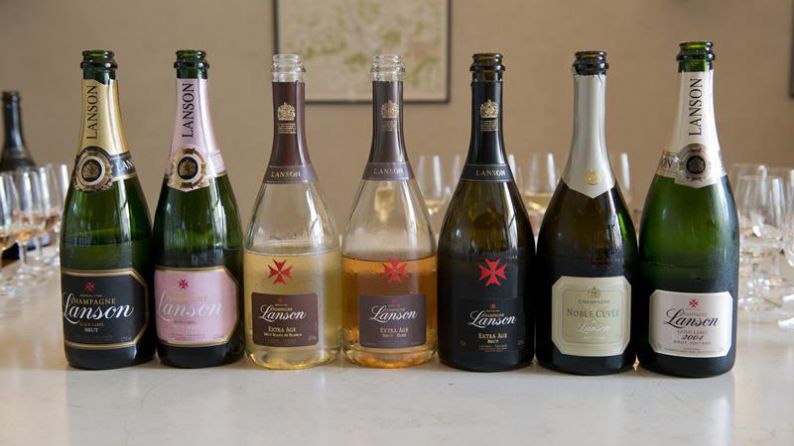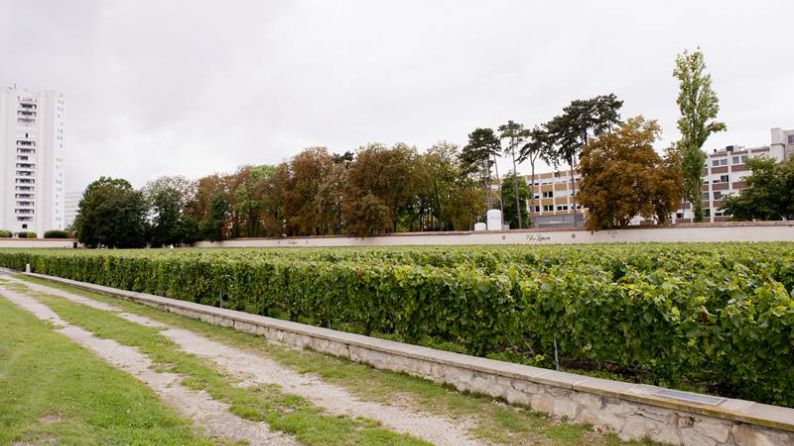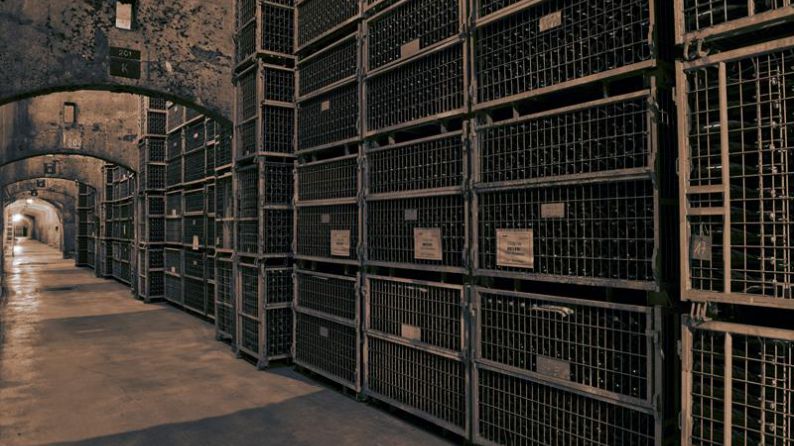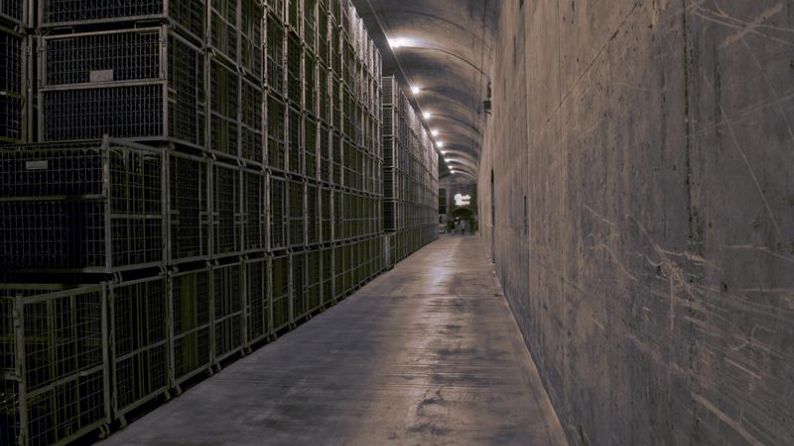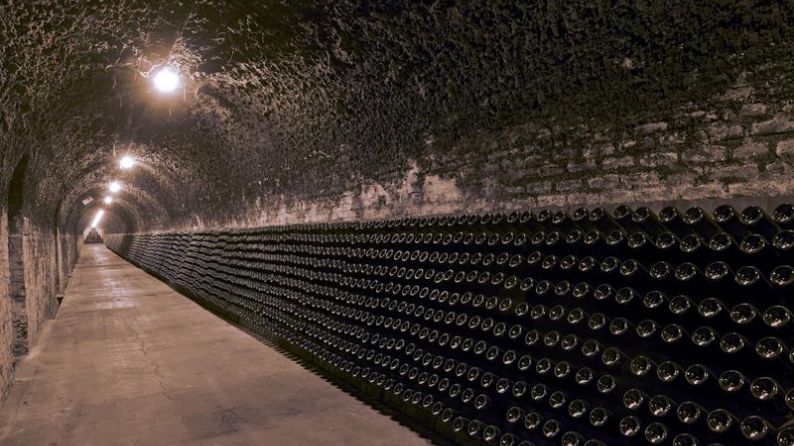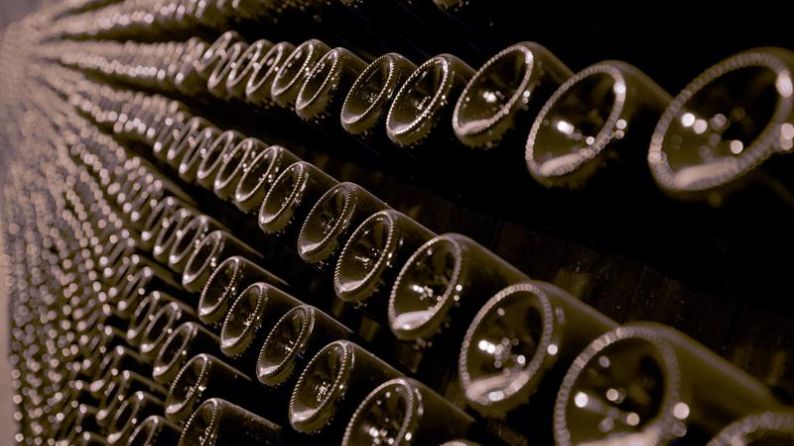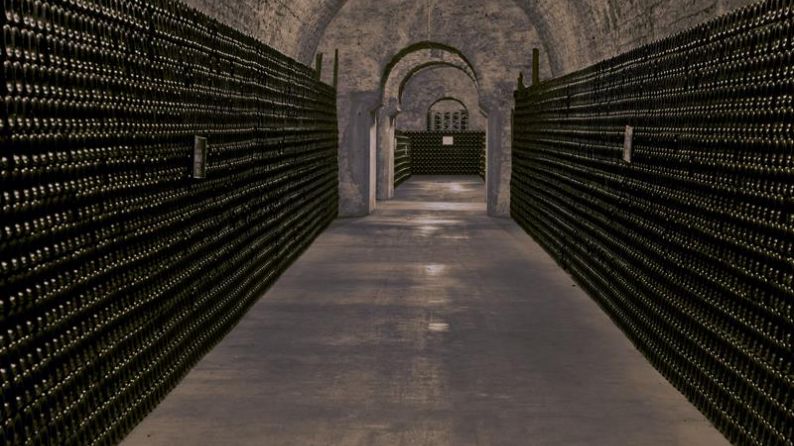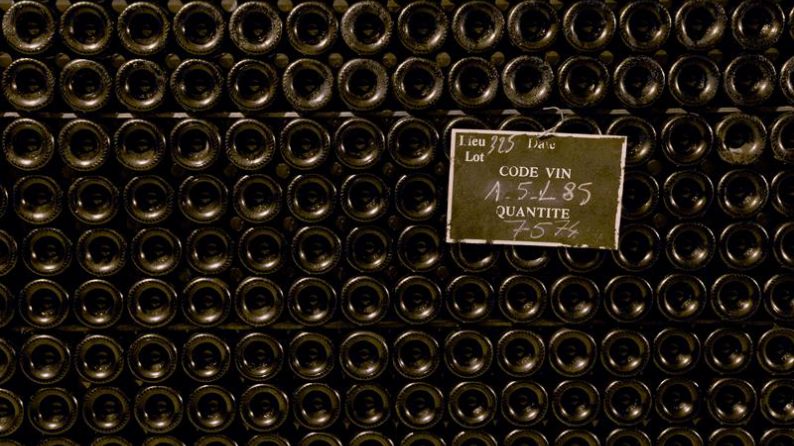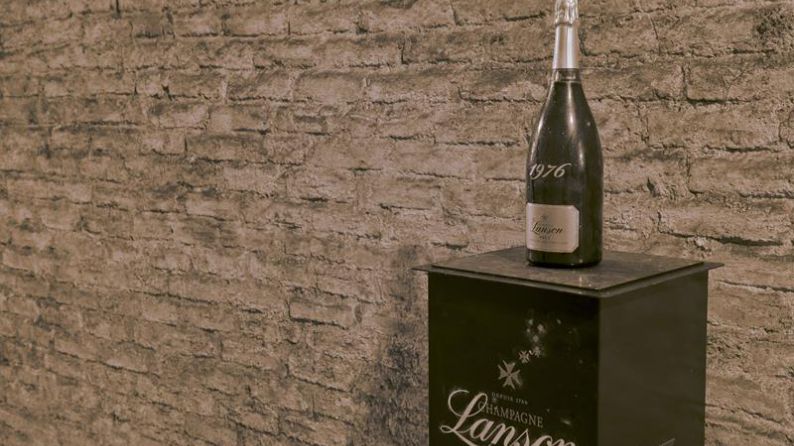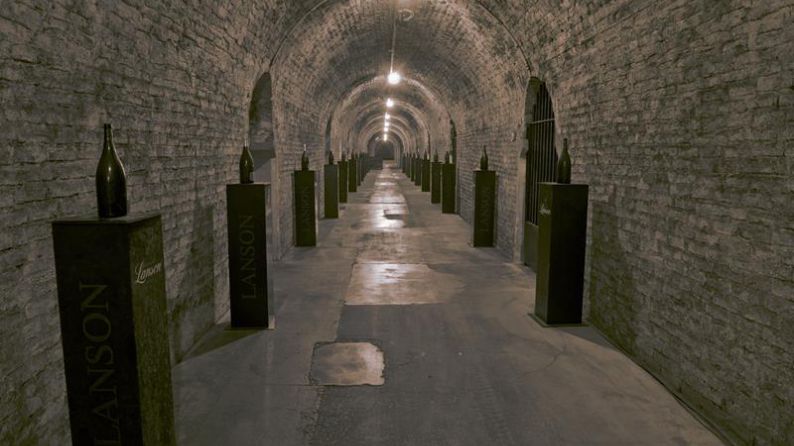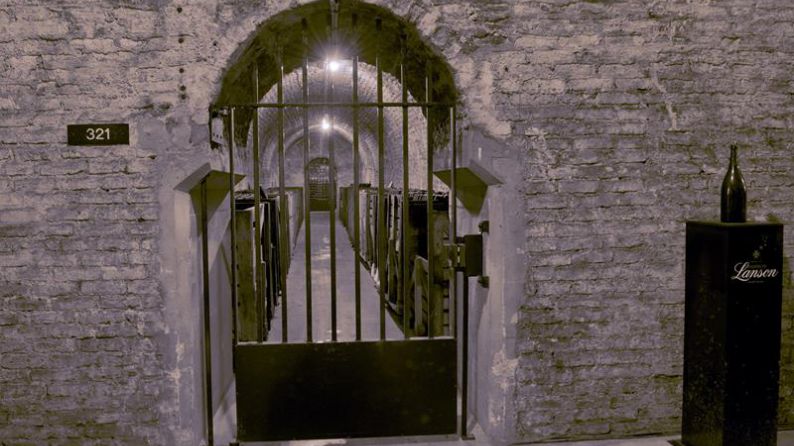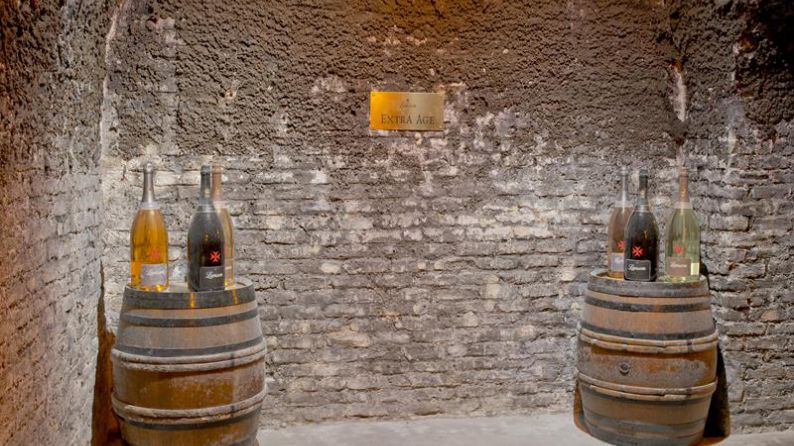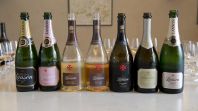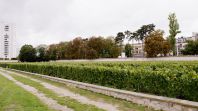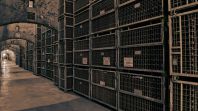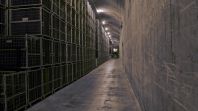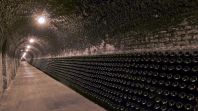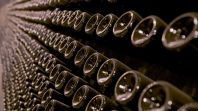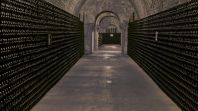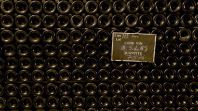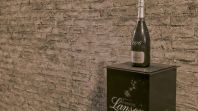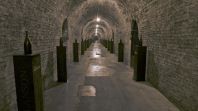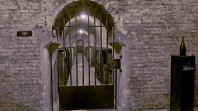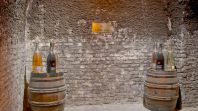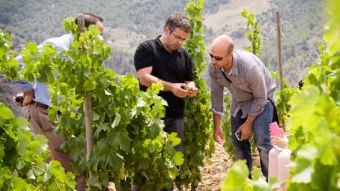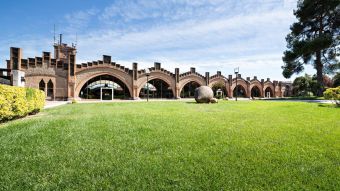Champagne Lanson, transition afoot
This Champagne House, founded in the 18th century and one of the oldest in the Champagne region, is currently undergoing a transition, which, if not revolutionary (as the Lanson style must be preserved at all costs), is nevertheless significant and will certainly leave its mark. Jean-Paul Gandon, "chef de cave" since 1986, is passing on his knowledge and his "savoir-faire" to his appointed successor, Hervé Dantan.
We had the pleasure of meeting and talking to Hervé Dantan when we visited Maison Lanson. We believe that the continuity and future of Lanson champagnes are in safe hands.
The beginnings
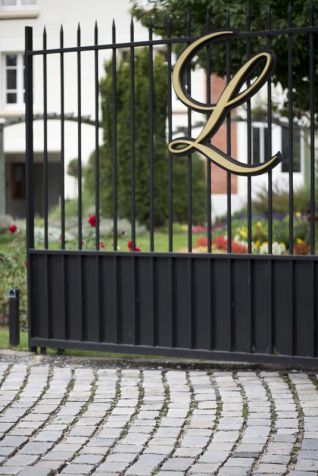 A set of circumstances and men with an instinct for business appear in the story of this old Champagne House, established in the second half of the 18th century. In 1760, François Delamotte created his own Champagne House, today one of the five oldest in the region. In 1798, as the century drew to a close, he was succeeded by his son, Nicolas-Louis Delamotte, a Knight of the Order of Malta, who adopted the Maltese Cross as the company crest.
A set of circumstances and men with an instinct for business appear in the story of this old Champagne House, established in the second half of the 18th century. In 1760, François Delamotte created his own Champagne House, today one of the five oldest in the region. In 1798, as the century drew to a close, he was succeeded by his son, Nicolas-Louis Delamotte, a Knight of the Order of Malta, who adopted the Maltese Cross as the company crest.
This well-known icon, now slightly more stylized, still features on the Lanson bottles today. It shows that Lanson remains faithful to its origins, yet has been able to evolve its image over the years. Before Nicolas-Louis passed away, Jean-Baptiste Lanson, a good friend of the family who had been a partner in the company for some years, was asked to assume its management, which he accepted.
By 1837, the House had taken the name "Lanson Père & Fils". Jean-Baptiste’s son, Victor-Marie Lanson, became its managing director in 1855 and, after signing an exclusive agency agreement with the Percy Fox company in 1882, he began to develop the company’s sales in the UK and other countries.
Unlike the agreements signed between big companies today, this agreement would remain in force for a record 100 years!.
The 20th century and the present day
At the turn of the last century, an event occurred which, along with other factors, would turn Lanson into an internationally recognized brand: Lanson was awarded the famous Royal Warrant by Queen Victoria, and became the official supplier to the British Royal Family, an honour it still holds today. For a time, Lanson was also supplier to other European courts, such as those of Sweden and Spain (Alfonso XIII).
Shortly after the First World War, Lanson acquired some good quality vineyards and decided to concentrate on selling "Non Vintage" Brut Champagne, which it named Black Label.
In 1972, the company saw the arrival of a man who would become the "alma mater" of Lanson champagnes, and still is today: Jean-Paul Gandon. This native of Touraine studied viticulture and oenology in Beaune and, after a 16 month stint at some North African wineries, returned to France to work in the most prestigious wine region of all: Champagne. Having worked his way up through the company ranks, he became Lanson’s chief winemaker in 1986.
One of the Champagne House’s distinctive practices is that it does not use malolactic fermentation. On the company’s 250th anniversary in 2010, Jean-Paul Gandon declared, "over the past 250 years of its history, Maison Lanson has never used malolactic fermentation to produce its champagnes and never will".
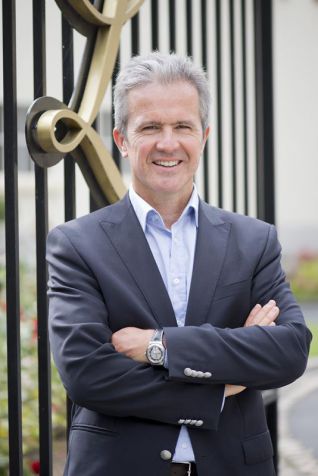 Hervé Dantan, Lanson's "Chef de Cave"This is one tradition that the new "Chef de Cave", Hervé Dantan, will need to perpetuate, and which, to a large extent, defines the style of the champagnes. Despite his relative youth (he was born in 1965), he comes with extensive experience. This son of a wine grower had been the chief winemaker at another prestigious Champagne House since 1991. Lanson recruited Dantan in July 2013 to be the person who would help the company achieve new objectives, while preserving the unique style of the champagnes, recognized the world over.
Hervé Dantan, Lanson's "Chef de Cave"This is one tradition that the new "Chef de Cave", Hervé Dantan, will need to perpetuate, and which, to a large extent, defines the style of the champagnes. Despite his relative youth (he was born in 1965), he comes with extensive experience. This son of a wine grower had been the chief winemaker at another prestigious Champagne House since 1991. Lanson recruited Dantan in July 2013 to be the person who would help the company achieve new objectives, while preserving the unique style of the champagnes, recognized the world over.
Currently, around 5 million bottles are produced, of which 25% are destined for the French domestic market, and 75% are exported. UK is the largest market (50% of total sales volume). The Champagne House’s association with the British Royal Family since the early 20th century and its sponsorship of Wimbledon (official supplier since 2001), are first class references which have made it the second most popular champagne brand in the UK today (source: Nielsen UK).
According to Hervé Dantan, the Pinot Noir is the predominant grape variety in the Lanson blends. The Chardonnay is also important, but not to anything like the same extent as the Pinot Noir, and of course, a judicious proportion of Meunier is also used. This combination, along with the fact that there is no malolactic fermentation, endows the Lanson champagnes with their distinctive character.
At Lanson, they try, where possible, to vinify each individual parcel separately, allowing them greater precision in their blending work. They primarily use stainless steel vats, but since 2014, they have also started working with barrels.
As not all the grapes used to make their champagnes come from their own vineyards (which is the case for most Champagne Houses), the wine growers are essential to the company’s operations. This is why "contact with the vineyard owners is very important and they must be involved in the process." In fact, as well as the 8-strong Lanson tasting team, the growers are occasionally invited to participate in the tastings, so that they can see and comment on the final result.
A peculiarity, or curiosity, of Lanson is its “Clos”. You would not think that there would be a “Clos” in the middle of a place like Reims ... but “Clos” there is, Lanson’s. Planted 20 years ago, it is situated in the office grounds, in the middle of the city. It is planted with one hectare of Chardonnay, and the first vintage, which will be the 2015, will be picked by the company’s own employees, who are looking forward to the task. There are a couple of curious facts about this “Clos”, the first relating to music: They have found that having music constantly playing in the “Clos” prevents some diseases. The second fact is that, from the vineyards, you can glimpse the three emblems of Reims: champagne, represented by the ‘Clos’ itself; rugby, represented by the stadium; and finally, the famous Cathedral.
Hervé Dantans Quick Wine Test
A winery?
Romanée Conti
A grape variety?
Chardonnay
A wine region?
Champagne and Burgundy
Champagne should be enjoyed with:
Someone you appreciate
Finnish this sentence: "Champagne is..."
L'amour


